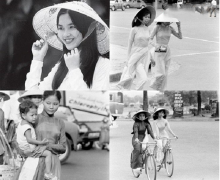Common mistakes: Numbers
Common mistakes with Numbers
- Mistake #1: "Không" (0)
One common mistake is with the number "Không" (zero). When trying to pronounce the "ng" sound at the end of "không," many students tend to open their mouths too much. However, you need to close your lips slightly when saying "không."
- Read more about Common mistakes: Numbers
- Log in or register to post comments
